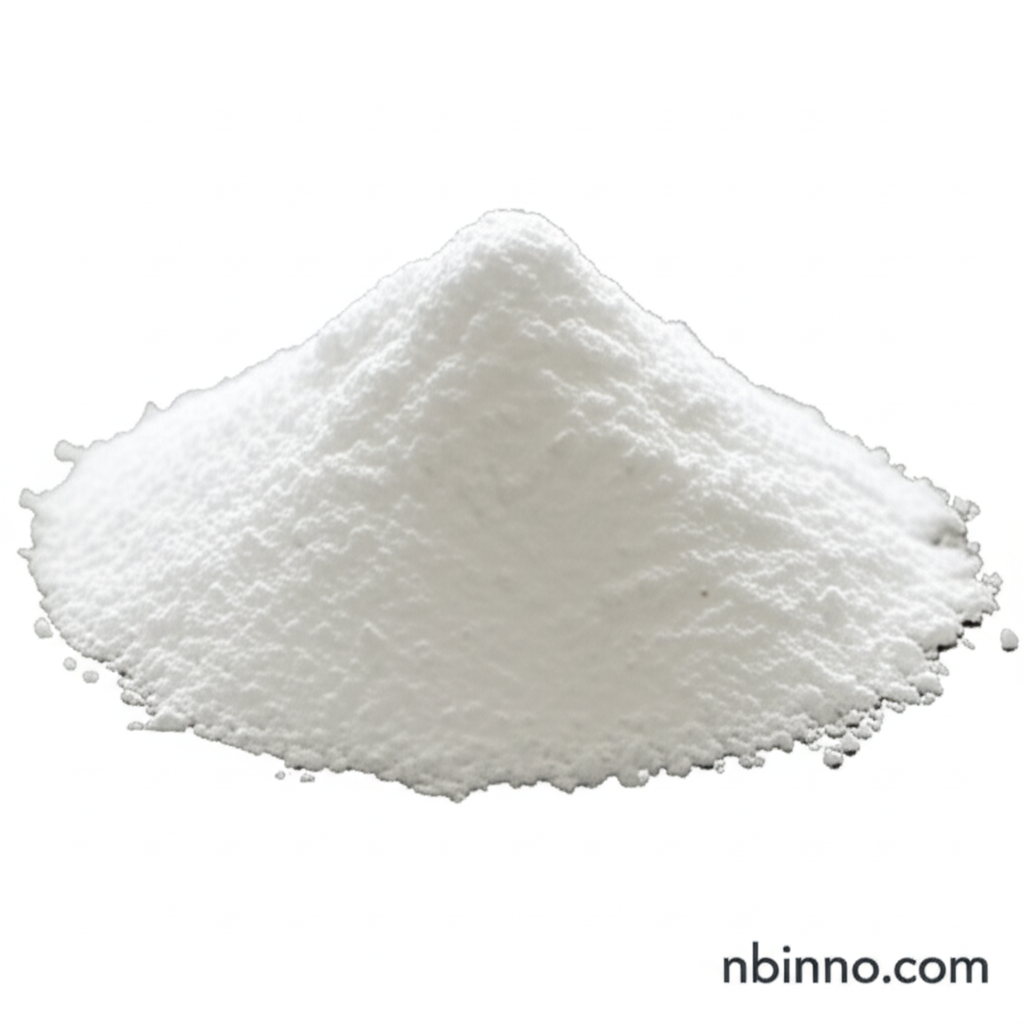Unveiling 3-Methylflavone-8-carboxylic Acid: A Key Pharmaceutical Intermediate
Explore the properties, applications, and research potential of this vital compound in pharmaceutical development.
Get a Quote & SampleProduct Core Value

3-Methylflavone-8-carboxylic Acid
This compound is a significant pharmaceutical intermediate, notably recognized as the main metabolite of Flavoxate hydrochloride. Its intricate chemical structure and biological activities make it a valuable subject for pharmaceutical research and development.
- Learn about the crucial 3-Methylflavone-8-carboxylic acid synthesis pathways used in the industry.
- Understand the diverse 3-Methylflavone-8-carboxylic acid uses, particularly in the development of new therapeutic agents.
- Discover the unique properties of this pharmaceutical intermediate with CAS 3468-01-7.
- Investigate the importance of understanding flavoxate metabolite properties for drug efficacy.
Key Advantages and Research Insights
Phosphodiesterase Inhibition Mechanism
Delve into the phosphodiesterase inhibitor mechanism of action, a key characteristic of this compound that contributes to its therapeutic potential.
Therapeutic Applications in Focus
Explore its applications related to urinary tract health, focusing on its ability to potentially alleviate spasms and manage bladder volume.
Antioxidant and Anti-inflammatory Potential
Examine the research into the antioxidant and anti-inflammatory effects of flavones, positioning this compound as a subject of interest for its protective cellular actions.
Key Applications
Pharmaceutical Synthesis
Serving as a vital building block, its use in 3-Methylflavone-8-carboxylic acid synthesis is critical for creating advanced pharmaceutical compounds.
Metabolite Studies
Its role as a flavoxate metabolite makes it essential for understanding drug pharmacokinetics and pharmacodynamics.
Drug Discovery Research
Researchers utilize this compound to investigate novel drug mechanisms and therapeutic targets.
Bioactivity Investigations
Studies into the bioactivity of flavones highlight its potential for developing new treatments.
